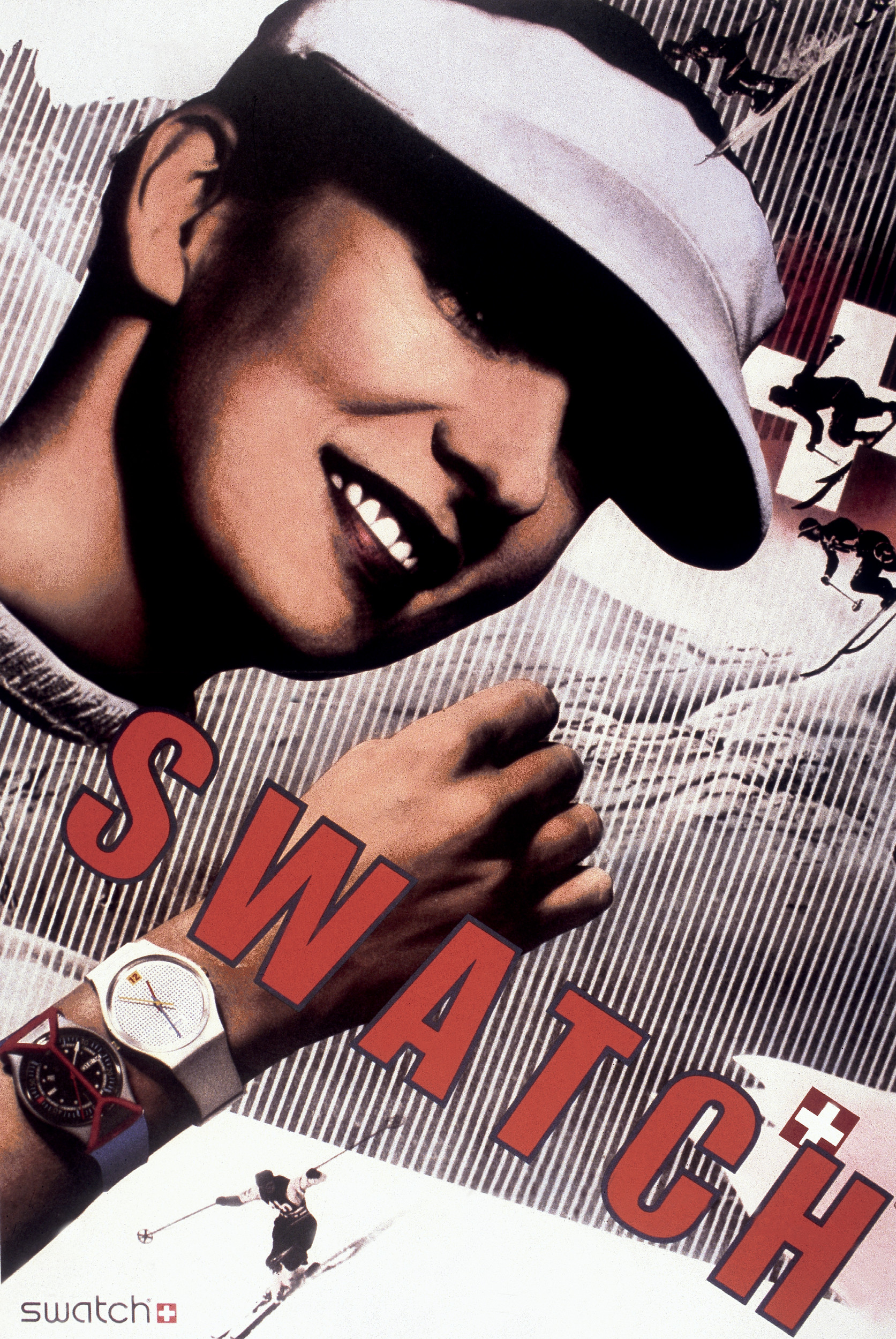The following is part of the 2023 Central States Communication Association (CSCA) Conference presentation by Dr. Katherine K. Howell and Jason W. Howell, MFA of Oral Roberts University. While not exhaustive of the context of the panel discussion, the text description, notes and images reflect the spirit of the event, and serve as a summary of the key points.
In an ever-increasing visual culture, the role of the visual communicator needs intentionality to help the student, employer, employee, client, and layperson better understand, learn, and communicate the complex and abstract issues of the popular, cultural, and organizational communication systems. Communication and graphic design professors will discuss maximizing the potential power that teaching and understanding communication theory can have on the communicator (i.e., the designer). Concurrently, an understanding of the mechanics and application of visual culture can provide validation to existing thought, as well as evolve better organizational methods for future cultures.
Designers are in need of an understanding of the academic theories that drive communication. People who create visual communication are in need of understanding the conventions of the profession. We decided we needed some way to translate and coordinate these two thoughts, a Rosetta Stone of sorts, which parallels egyptologists historic translation of visual hieroglyphs through it’s ancient Greek text.
The principles of Weick’s Sensemaking Theory provide us an example of reviewing a design artifact. The seven principles include: 1‑retrospection, 2‑enactment, 3‑socialization, 4‑socialization, 5‑ongoing, 6‑extracted cues, and 7‑identify. In looking at the example to follow, three of the principles are highlighted. First, the principle of retrospection. When looking back on experiences, individuals are able to make sense of events, situations, etc. through coherence and continuity. The next principle is extracted cues. Bracketing or setting aside certain aspects or filtering out certain aspects of an artifact allow individuals to focus in on other aspects of what they are encountering. The last principle to look at with the example is identity. Individuals make sense of their experiences in ways that reinforce their individual sense of self and or their group identity in ways that reinforce their self and other social norms to which they ascribe themselves.
Across a wide range of populations, academic, professional, and scholarly visual communication is increasingly vital to intentional and clear communication. Mutual understanding is important to both creator and receiver. It seems that both of our disciplines are missing a large part of the equation.


Matter’s Swiss tourism poster, compared with Scher’s swatch poster. When reviewing the “organizational culture” of Postmodernism through the lens of Sensemaking, we begin to address its effectiveness and, eventually it’s implication to culture. The composition, angles, color palettes, photo-reproductive styles, and intentional reuse of elements (cross and skiers) connect these properties to a culture, economy and lifestyle of an era approx 50 years earlier.
The use of photographic montage, dynamic scale adjustment, and the integration of typography and illustration create a dynamic and composition. Matter uses images as repetitive, pictoral symbols that have been used in unexpected ways (Meggs). The juxtaposition of angular eye movement, both thought implied lines of pictoral elements, as well as the literal lines of background, typography, and graphic elements, take the eyes on a zig zag pattern across the composition in a matter reminiscent of the skiing it represents.
Scher’s homage to Matter has adopted many of the stylistic cues, layout and color; an intentional, retrospective nod to the time and influence the older poster had on the new company and attitudes of the post modern era. This similarity is intentional and piggybacks on the visual language of one era to usher in a new one, through symbolic and stereotypical icons. The viewer is using extracted clues, as a method of identifying with an aspirational group. One of the defining traits of post-modernism is its interpretive nature, begging for viewers to participate in understanding what is occurring.
Designers often “trial and error” solutions until “something sticks”. The use of the principles is likely unintentional, but we propose that many various communication could be determined through further research, or analysis.